Lower Extremity
Ankle Foot Orthosis – AFOS are made in moulded plastic or a variety of other materials. Straps, joints, springs and other modifications improve the function of many AFOS. AFO’s are commonly used in the treatment of disorders that affect muscle function such as stroke, spinal cord injury, muscular dystrophy, cerebral palsy, polio and multiple sclerosis. AFO’s can be used either by providing support to weak or atrophied limbs or by positioning contracted limbs into a functional position. AFO’s can be used to immobilize the limb in the presence of arthritis or fractures. They are also used for post-surgical stabilization and prevention/ treatment of various sports injuries like tendinitis, Sprains etc..
Knee Orthosis – A wide range of prefabricated and custom knee orthoses are used to treat a multitude of knee problems like, including ligament damage, sprain, instabilities, post-operative care, osteoarthritis and tendonitis. Knee orthoses for treatment of tendonitis and general knee pain are commonly made from neoprene or elastics, while orthoses for treatment of ligament damage are custom-fabricated from thermoplastics or laminates.
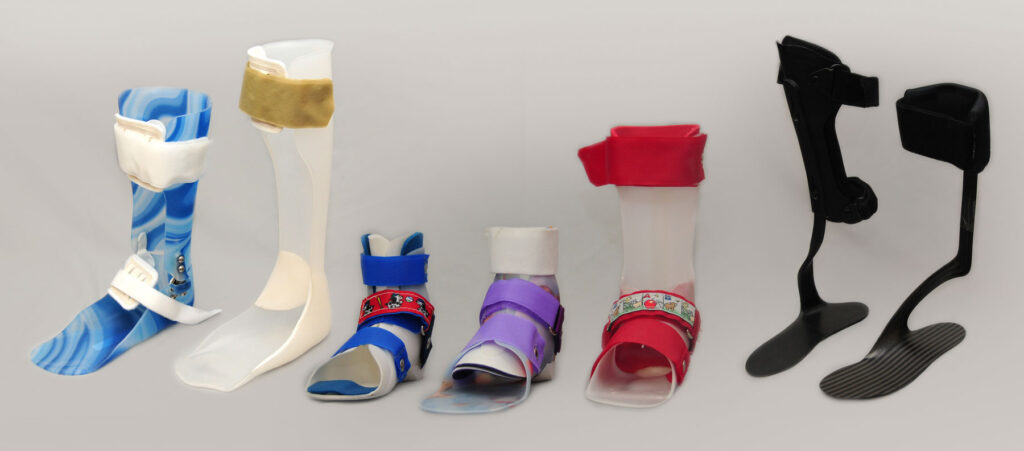
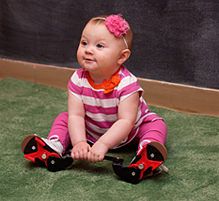
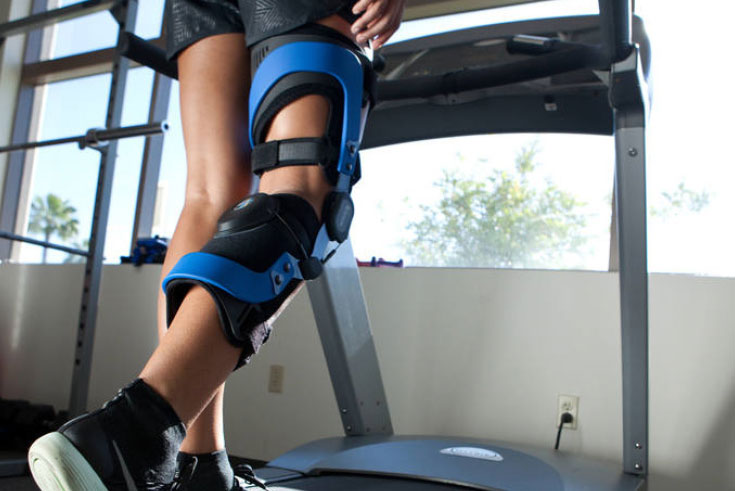
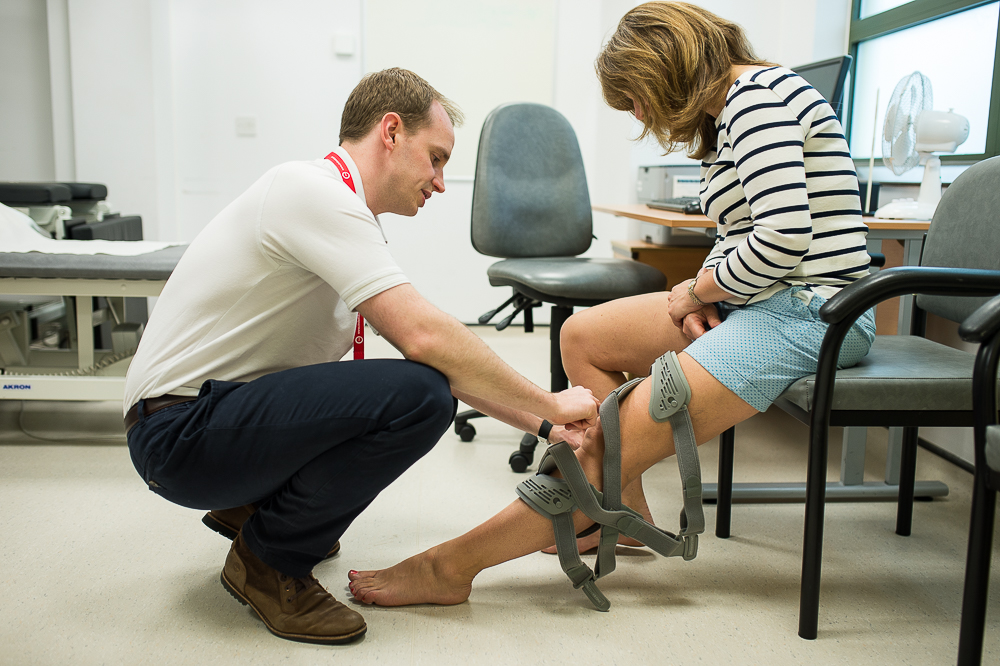
Knee Ankle Foot Orthosis – Controls both front-to-back and side-to-side motion of the knee and ankle with a variety of options for knee joints and ankle joints. Commonly used when control of the knee, ankle, and foot is needed. It will provide stability in the presence of disorders, such as stroke, spinal cord injury, cerebral palsy, and polio. KAFOs are also used to position contracted limbs and to treat fractures. They are typically made of thermoplastics or laminates, custom-fabricated from a negative impression of the affected limb.
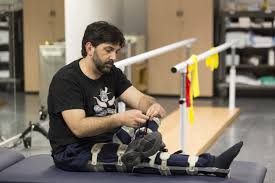
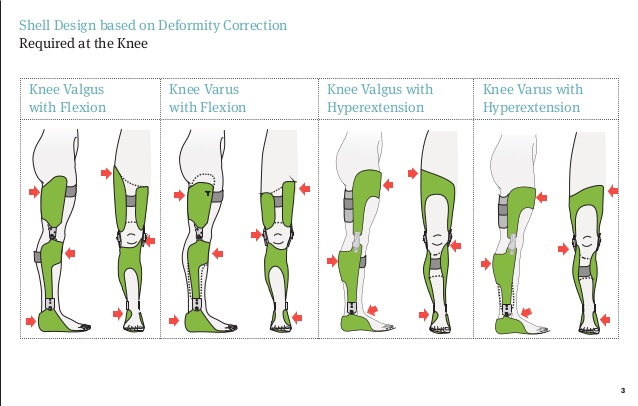
Hip Knee Ankle Foot Orthosis – To limit hip and knee movement, this device is worn from the waist to foot. Usually, it is connected at the waist and controls both legs for instability. The HKAFO provides maximum stability at the hip, knee, foot and ankle complex. It can be fabricated from plastic, carbon composites, hybrid variations, leather and metal. Various styles of hip, knee, and ankle joints are available as per patient presentation and diagnosis. The HKAFO is used for a number of conditions like muscular imbalance and/or weakness, paralysis (spinal cord injury, spina bifida, myelomeningocele), cerebral palsy, muscular dystrophy, Polio and MS.

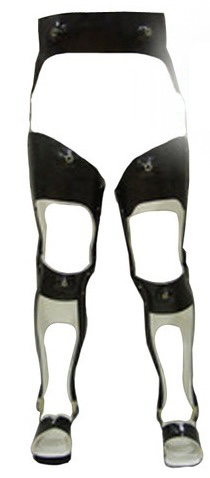
Reciprocal Gait Orthosis – A reciprocating gait orthosis (RGO) is also a HKAFO however it allows one leg to be placed ahead of another – more like normal walking. This is achieved by linking the two KAFOS together by a band, two cables or a push-pull rod which transfers movement energy from one leg to the other (see diagram). Therefore as one leg is flexed or brought forward, it causes a reciprocal extension of the other leg. This allows a much smoother gait and greatly reduces the amount of effort that is needed to walk. A walker can often be abandoned for forearm crutches. The RGO is commonly used for individuals with a lesion level of T12 to L3 (although higher levels are possible) who lack adequate strength to maintain hip extension. Good upper extremity strength, high motivation levels, good family support and minimal contractures definitely contribute to the successful use of the device.
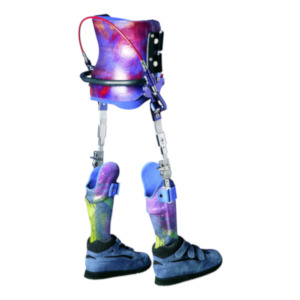
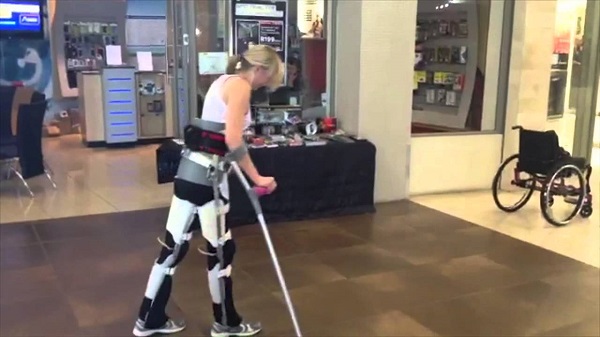



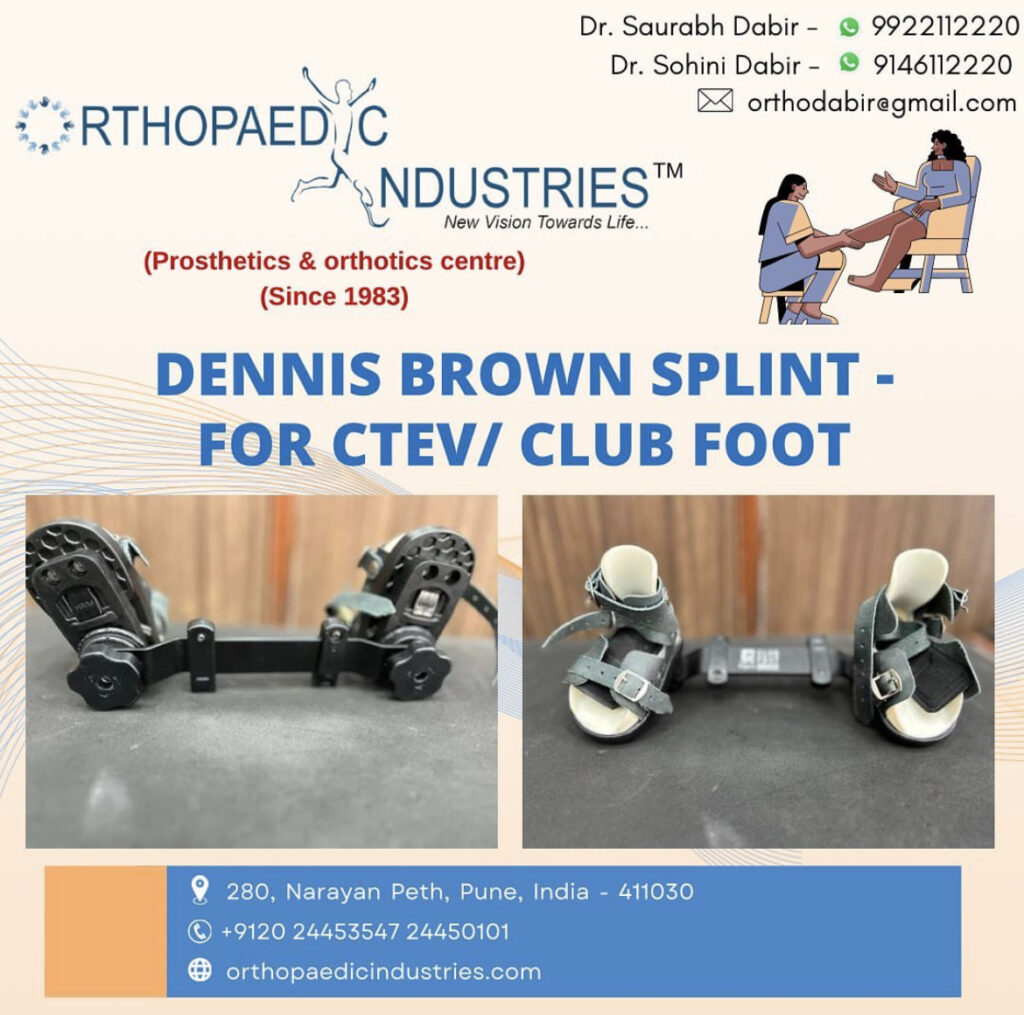
 020-24453547 / 020-24450101
020-24453547 / 020-24450101